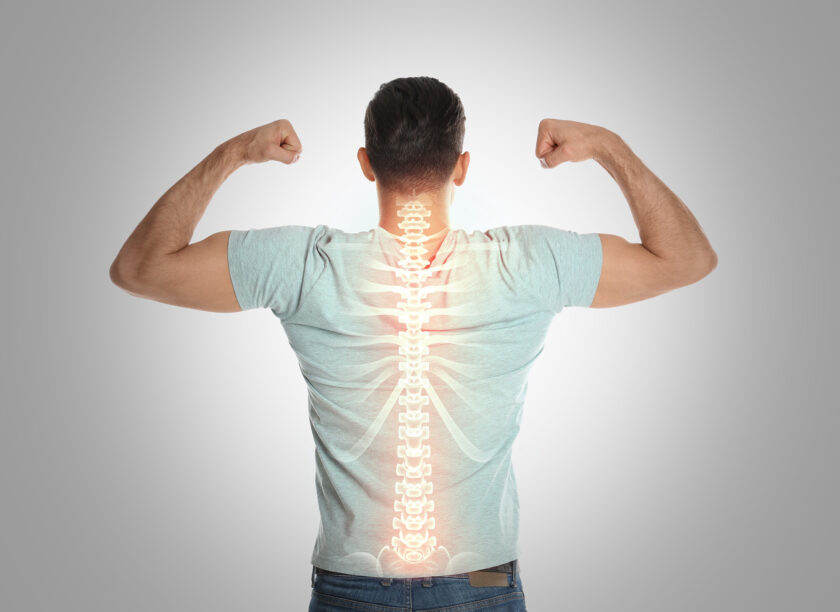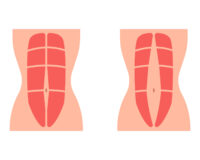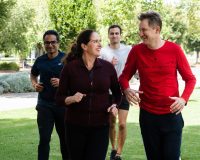
A Healthy Back Story: Understand Your Back & Learn ‘How To Look After It Safely’
Understanding Back Pain
Over 90% of people will experience lower back pain at some stage in their life so if you’re reading this, chances are you know the feeling and know how much it sucks! It stops you doing what you love and at its worst can take the freedom and joy out of life.
But wait, there is a silver lining – Lower back pain is not a life sentence!!
What do I mean by this?
1. The pain didn’t come from nowhere – the causes of the pain can be found and addressed.
2. Long-term results are achievable without relying on continuous “professional help”.
3. The most effective treatment comes from you! Only one person can correct your posture and strengthen your back… and it is YOU!
What do people say most often?
When you come to Therapia clinic in Adelaide CBD with lower back pain, it is our job as physiotherapist to guide you on your rehab journey and this starts by first listening and asking the right questions to understand your story.
Some of the most common elements we hear in patient’s back pain stories are:
- My work is mostly sitting (office, driver etc) OR I stand, repetitively lift things and need to hold certain positions in my job (standing desk only, tradies etc).
- I am pregnant, I recently (or my partner recently) had a baby or I have young kids (lots of bending and lifting!).
- The pain started when I was lifting something up from the floor OR twisting to reach something behind me.
- I felt a “burning”, “stabbing”, “aching”, “jarring”, “spasming” or “pinching” pain.
- The first time it happened, I rested for 2-3 days and the pain went away so I carried on again, but then it came back!
- Sometimes the pain will radiate down the side of my leg or I feel pins and needles in my toes.
The Physical Assessment
After getting to know your presentation, your physio will then physically assess you which may include but is not limited to:
- Observing your walking, posture in various positions and the movements that bring on your pain.
- Assessing your movement quality and range of motion.
- Testing the length and strength of certain muscles.
- Feeling through your back and the joints of your back.
- Testing how well the nerves are moving from your back and down your legs.
The Diagnosis
Following this assessment, you will likely be told what’s going or given a diagnosis. For some people this is reassuring and why they came to a physio in the first place, but for others the “label” can be daunting and scary.
Broadly these diagnoses can be categorised as:
A. The ambiguous diagnosis –
People commonly report receiving ambiguous diagnosis such as “your spine is out”,
“You have strained your back” or “You have a slipped disc”.
B. The confusing diagnosis –
Alternatively, you may have once been given a complicated medical term that you need to Google after you leave such as “you have… a lumbar disc pathology, facet strain, spondylolisthesis or spinal canal stenosis”.
C. The NARRATIVE diagnosis –
Every back in pain has a story and so it makes sense that a real diagnosis will summarise this story, right?! Your diagnosis should include the ROOT cause (often long-term factors) and may therefore sound something like:
> Because of your posture/work/movements… you are putting pressure on *these structures … as well as tightening *these muscles and has weakened *these muscles. This has led to this *diagnostic presentation* which is causing you to feel *these symptoms…
> What this means is; in the short-term we ‘DO need to relieve your pain & symptoms’ by addressing the “diagnostic presentation” BUT your real treatment will focus on the LONG-TERM solution by improving your posture, movements, flexibility and strength.
The Treatment Options
The bit you’ve really come to the physiotherapy for in the first place!
After your diagnosis and further education about your presentation, your treatment plan will be developed based on what ever will help you the most.
The short term treatment usually involves (but is not limited to):
- Hands-on physio – dry needling, joint mobilisations, soft-tissue massage.
- Heat (hot pack, hot water bottle, wheat bag)
- Taping and bracing
- Work-station adjustments
- Postural adjustments
- Supplements; especially natural anti-inflammatories and muscle relaxants (magnesium, turmeric etc).
What’s more important here is to address the root cause for the long term solutions.
The research literature shows that exercise such as Pilates or Yoga can be a very effective approach for the long-term management and prevention of lower back pain.
The Treatment Options
Targeted exercise is so effective because it treats the contributing factors to the development of the pain in the first place. It treats the “narrative” diagnosis, not the “ambiguous” or “confusing” diagnosis.
Common contributing factors that can be treated with Exercise:
- Posture and workplace movement patterns
- Lower and middle back range of motion and stiffness
- Healthy movement of the nerves through muscles and the spinal route.
- Intervertebral disc compression
- Muscle imbalances. Commonly;
– Tight hip flexors and Hamstrings
– Weak Gluteals, Core and spinal supporting muscles.
We have put together a group of simple and effective exercises to help you with the back stiffness and get you started safely. Below are some videos of stretches and strengthening exercises that you can do to help your back.
PART 1: Simple stretches for the back (spine)
1) Knee to chest stretch (Hip Joint Stretch)
- Start by lying on your back with your head, neck and shoulders relaxed, legs flat on the ground.
- Breath out; draw one knee to chest by taking a clasp around the knee.
- Relax in this position for 30 seconds.
- Release the knee and gently lower the leg back to the floor.
- Repeat on the other side.
How Much? Reps: 2/each side, Sets: 2/day, Hold: 20sec
2) Pelvic Rocking
- Start by lying on your back with head, neck and shoulders relaxed, knees bent.
- Draw attention to your lower back, in particular the feeling of your sacrum (the bone between your pelvis and lumbar spine) on the floor.
- Inhale, expanding the chest and belly. Press the tailbone into the floor while arching through the lower back (the lower back may lift off of the floor).
- Exhale, drawing in the lower belly. Tucking the tailbone between your legs and pressing the sacrum/lumbar region into the floor.
- Alternate between these movements.
How Much? Reps: 10/each direction, Sets: 2/day, Hold: 2-3 seconds
3) Cat/Camel
- Start in an all-4s position with your wrists in-line with your elbows and your shoulders and knees in line with your hips.
- Inhale; raise your gaze forward, draw your shoulder blades together and towards your bottom, arch downwards through the middle and lower back and lift your tailbone to the ceiling (tilt your pelvis forwards).
- Exhale; tuck your chin to your chest, press your palms into the mat by drawing the shoulder blades away from the spine, arch upwards through the middle and lower back, tuck your tailbone between your legs (tilting your pelvis back).
How Much? Reps: 10/each direction, Sets: 2/day, Hold: 2-3 seconds
These three simple exercises are a fantastic way to start releasing tension and strengthening your back! If reading this and practicing these raises any questions please contact your physio for specific advice. We fully understand back pain is a very personal experience and everyone has different needs.
Disclaimer:
If you are experiencing lower back pain or have experience lower back pain in the past it is highly advised that you see your physio before starting any specific form of exercise.
The exercises listed about are an indication of what a lower back pain exercise program would involve and are not recommended for anyone experiencing symptoms without first being assessed or speaking with their physio.
If you need further advice or help or if you would like to book in to see one of our physios in Adelaide CBD or North Adelaide feel free to get in contact with us via our website, by phone or by email.
Website: https://therapia.com.au/bookings/
Phone: 8221 5011
Email: info@therapia.com.au
Book Appointment




